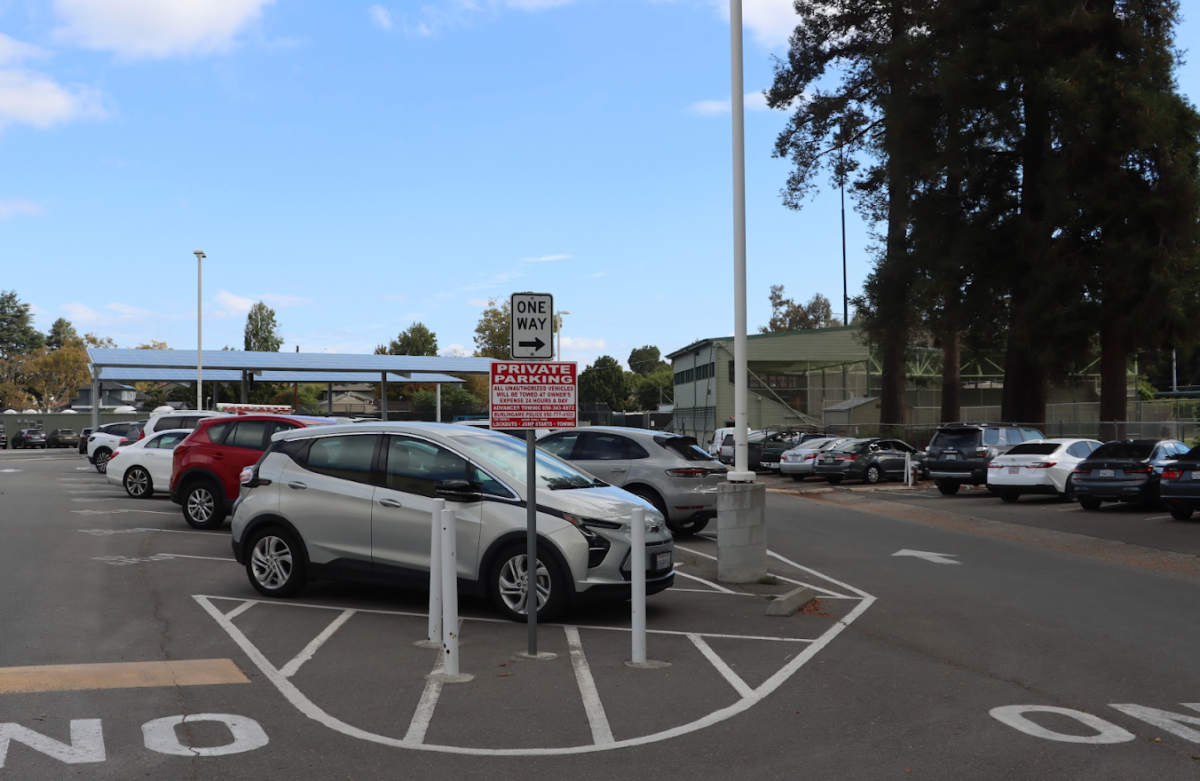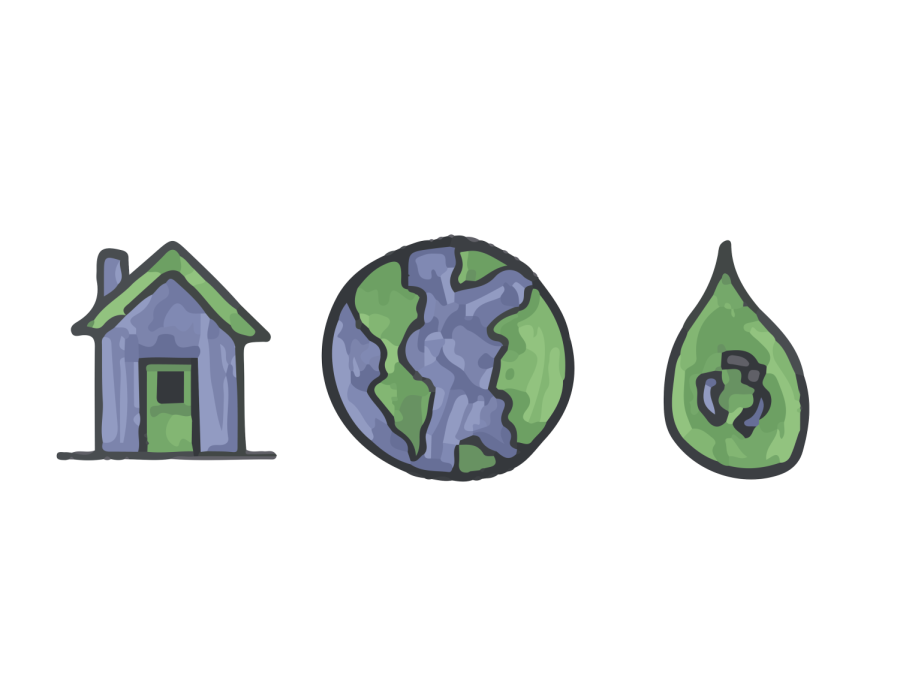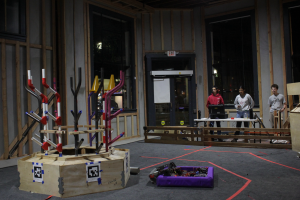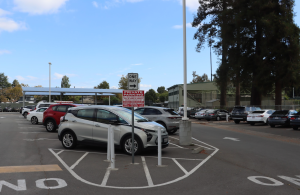A future megaflood could have detrimental effects on homes and water systems across the Peninsula
Food shortages, home destruction and water contamination are only a few of the major impacts that a potential megaflood could have on the Bay Area.
October 11, 2022
Food shortages, home destruction and water contamination are only a few of the major impacts that a potential megaflood could have on the Bay Area.
University of California, Los Angeles (UCLA) professor Daniel Swain recently published a study claiming that climate change has increased the likelihood of a future megaflood in California — a series of intense storms and nonstop rainfall for a month. These recent studies have gained attention in national media, raising concern among Bay Area residents.
Michael Dunn, a biology teacher at Burlingame, was particularly alarmed by the UCLA warning.
“We’re not prepared,” Dunn said. “Most people in the West don’t even know this is a potential concern… there’s a lot of indirect effects that people don’t tend to think about that are very serious.”
Because the flood could harm local communities, Dunn encourages individuals to take action to help minimize the fallout if such a megaflood occurs.
“Citizens should contact their local politicians and demand that resources be spent to do whatever kinds of mitigation can be done,” Dunn said. “If the public was more educated, they would be more likely to vote for these allocations of funds. Being individually aware is also important, so that when [the flood] does happen, it’s not such a shock.”
In light of the flood danger, Environmental science teacher Alexandra Kirkpatrick emphasized the importance of students educating themselves about the detrimental effects of climate change.
“A lot of people take their daily lives and their daily activities for granted and assume it will always be that way until something major comes along,” Kirkpatrick said. “People may not read warnings about changing their behavior on energy use and their carbon footprint until it’s too late, and I hope that that’s not the case.”
As for students, youth-led groups are already taking steps to raise awareness around threats to the Bay Area. Specifically, Environmental Club co-president Sofia Husain hopes to use her club’s platform to spread information on the issue.
“For the Environmental Club, we are going to have a presentation on the topic, and will decide how to take action as a group to inform the school about it,” Husain said. “This is unfortunately a result of our actions as humans, and it’s important that people recognize that this is a large consequence that will continue if we don’t do something about it.”
For now, it remains unclear how likely a megaflood is or how threatening the aftermath would be; however, scientists say they will continue to release information pertaining to the megaflood as they pursue further studies.









































Michael Dunn • Oct 11, 2022 at 3:16 pm
I am glad to see that this potentially devastating event is getting more coverage. However, I think it would be helpful for readers to get more context of what the researchers are talking about, and why they are so concerned.
In 1862, it rained for 43 days straight. The entire Central Valley became a vast, inland sea 300 miles long by 20 miles wide. The state capital in Sacramento was under water for six months, forcing the government to relocate to San Francisco. One-third of California’s state property was destroyed, along with one in every eight private homes. Thousands of people died, possibly up to 1 percent of California’s entire population.
Floods of this magnitude used to happen every 200 years or so in California. Daniel Swain and researchers at UCLA’s Department of Atmospheric and Oceanic Sciences found that they will now happen roughly every 65 years, due to the effects of climate change. Swain also predicts a 20 percent increase in the intensity of megastorms, meaning the next one could be far more devastating.
A flood like the one in 1862 would have a dire impact on the availability and cost of food for everyone in the US. The Central Valley comprises less than 1 percent of all US farmland, yet it produces 25 percent of the nation’s food supply, $46 billion worth of food annually, double the next most agriculturally productive state in the US.
California still needs an additional $80 billion in investment and three decade’s worth of work to bring the state up to today’s flood safety standards. A 2017 analysis found that 50 percent of the urban levees in the Central Valley were not up to current engineering standards. And many people can’t afford flood insurance, or to pack up and move, even if they know they’re living in an at-risk flood plain.